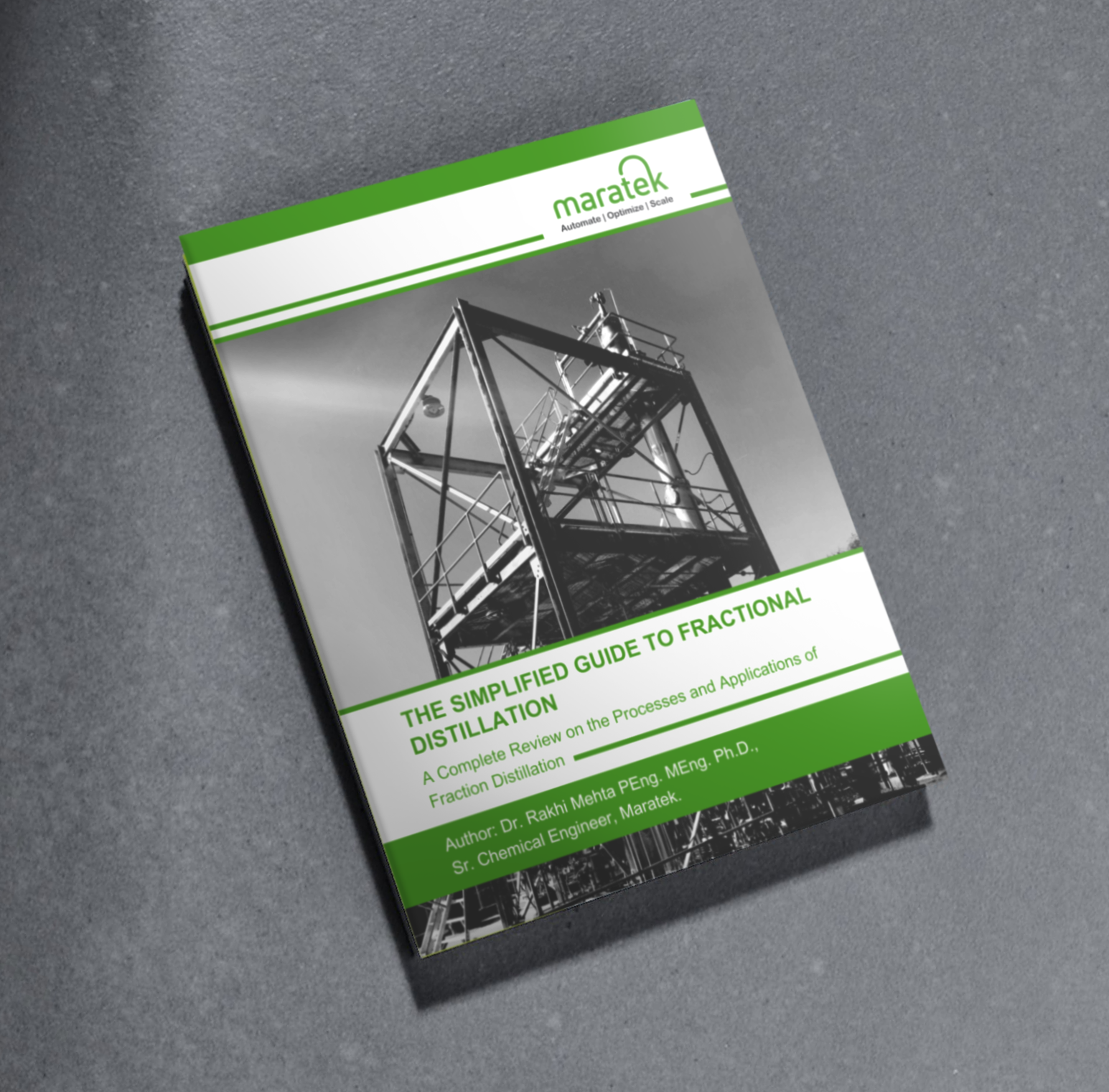Solvent Distillation Safety Part II
Welcome to the second part of a three part series on Solvent Distillation safety, this blog will look at solvent foaming and drying phase temperature increases. Our last safety article looked at Class 1 Division 1 MetLab Certification and distillation chamber safety, if you missed it click here: Solvent Distillation Safety Part I.
Solvent Foaming
During normal operation all solvents will produce some foaming. To ensure the collection tube is not blocked and to maintain distillate purity, the foam level should never reach the collection tube leading from the chamber to the condenser.
To prevent issues caused by solvent foaming Maratek Environmental’s solvent recovery systems are designed with additional volume in the boiling chamber to allow solvents space to foam.
The level of foaming varies based on the solvent waste being processed, the pressure at which distillation is performed, physical properties of the solvent, physical properties of the waste and the temperature of distillation. In cases of very high levels of foaming these steps can reduce the level the foam reaches in the chamber.
- Allow the solvent waste to rest for 48 hours before processing
- Do not fill the chamber to capacity to allow more free space during distillation
- If possible, reduce or remove vacuum assistance
- If possible, reduce the temperate settings of the equipment
- Use anti-foaming discs within the chamber
- Use anti-foaming solutions, this can dramatically influence the production rate of the system
Temperature Increase During a Drying Phase
Depending on the type of solvent waste being processed, a second heating phase may be employed to increase the solvent yield. This is often called a drying phase because the waste remaining dries out into a solid or powder depending on the type of system and the application. The Material Safety Data Sheet must also be consulted to confirm the solvent will not decay at a higher temperature.
The temperature increase poses two possible safety concerns. The higher temperature may allow chemical reactions to occur that would not be possible at lower temperatures. The properties of the waste and solvent should be understood to avoid this issue as well as acidification of the waste during drying which can damage the boiling chamber and reduce the quality of the distillate. A common reaction to be aware of is nitrocellulose combustion which is described below.
The second safety concern is the overall heating of the system. This is a potential issue during normal operation as described above but the safety concerns increase somewhat during high temperature drying. The boiling chamber of Maratek Environmental’s recovery systems are insulated but the outside temperature of the system will still increase during operation, particularly the lid.
While the system is in operation or in a cooling phase, the system should not be touched by associates. Vacuum assisted drying can be used to lower the effective boiling point to mitigate the risk if required. The manual for individual systems should be consulted for more detailed information.
This is the second blog of a three part series on solvent distillation safety, be sure to check back next week for the final part of this, if you missed the first part, check it out here.
You'll be in good hands at Maratek - As market leaders in waste recycling for the last 20 years, we take pride in providing our customers throughout North America with reliable, innovative, and cost saving recycling solutions. Contact us today and we'll help you to establish a safe, reliable, and environmentally friendly solution for solvent or wastewater recovery and recycling.





